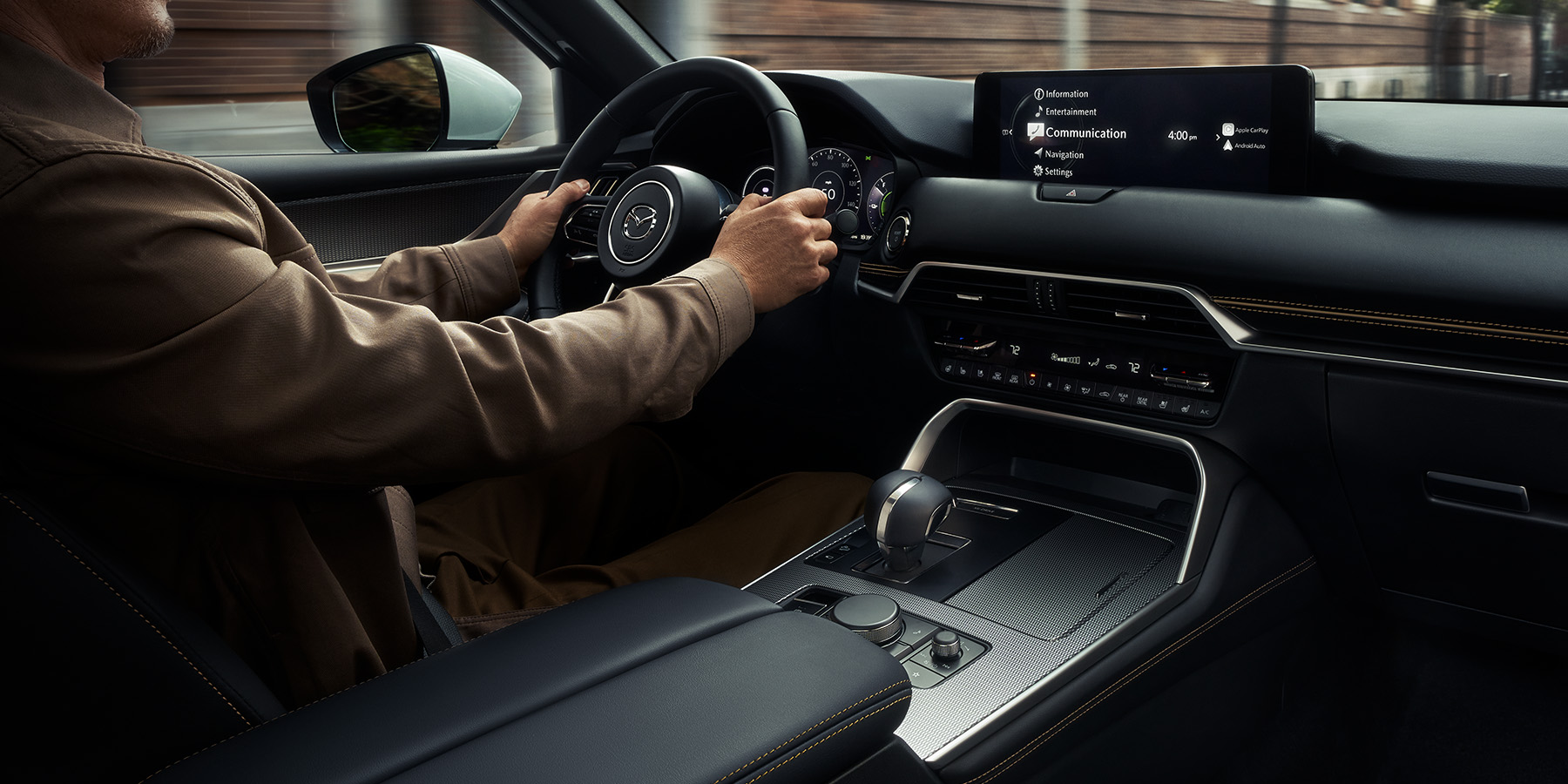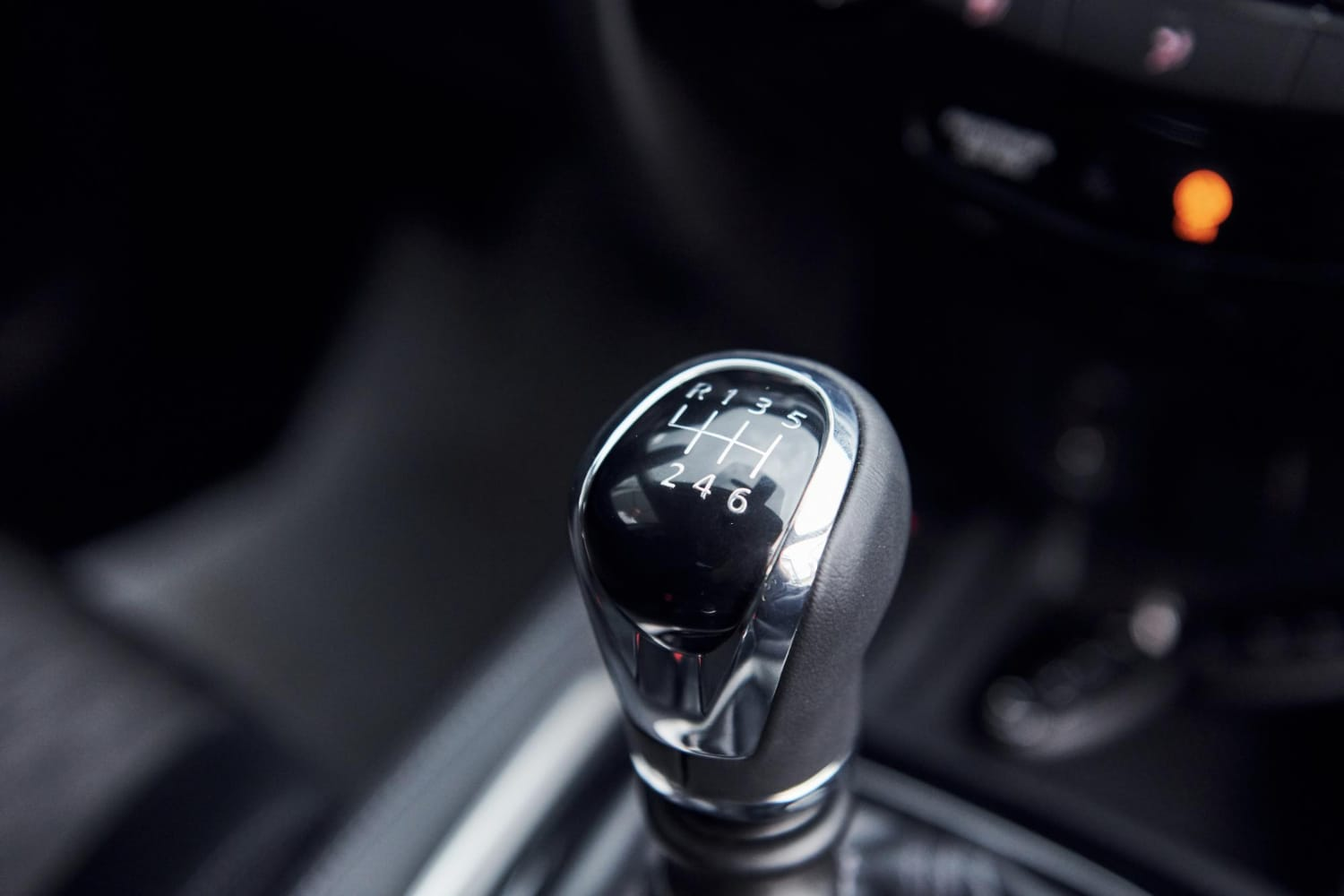
Dual-Clutch Transmission (DCT) technology represents a sophisticated approach to automotive transmissions, striking a balance between performance-oriented driving dynamics and everyday comfort. DCTs are renowned for their rapid gear shifts and efficiency, making them a popular choice among enthusiasts and mainstream consumers alike. This article explores the mechanics behind DCTs, their advantages, and how they enhance both performance and driving comfort in modern vehicles.

A Dual-Clutch Transmission (DCT) operates using two separate clutches—one for odd-numbered gears (1st, 3rd, 5th, etc.) and another for even-numbered gears (2nd, 4th, 6th, etc.). This dual-clutch setup allows for seamless and lightning-fast gear changes without interrupting power delivery to the wheels. While one clutch engages the current gear, the other pre-selects the next gear, enabling near-instantaneous shifts. This setup contrasts with traditional automatic transmissions, which use a torque converter and planetary gears to achieve gear changes.
The rapid gear shifts of DCTs result in quicker acceleration times and smoother power delivery compared to conventional automatic transmissions. This responsiveness enhances the driving experience, especially in sporty or performance-oriented vehicles where quick acceleration and precise gear changes are desired. Enthusiasts appreciate DCTs for their ability to deliver the engaging driving dynamics of a manual transmission with the convenience of an automatic.
Efficiency is another hallmark of DCTs. By minimizing power losses during gear changes, DCTs can improve fuel economy compared to traditional automatic transmissions. The dual-clutch system optimizes the distribution of power from the engine to the wheels, ensuring that the engine operates within its most efficient RPM range under varying driving conditions. This efficiency contributes to reduced fuel consumption and lower emissions, aligning with global efforts to promote sustainable transportation solutions.
DCTs are versatile and can be found in a range of vehicles, from compact cars to high-performance sports cars and luxury sedans. In performance vehicles, DCTs are often paired with turbocharged engines or hybrid powertrains to maximize power output and acceleration capabilities. The seamless integration of DCTs with advanced drivetrain technologies enhances overall vehicle performance and responsiveness, catering to drivers who value both sporty driving dynamics and everyday comfort.
Despite their advantages, DCTs have faced criticism for their potential complexity and higher manufacturing costs compared to traditional transmissions. The dual-clutch system requires sophisticated control software and precise engineering to ensure smooth operation and reliability. Additionally, some drivers may find the initial engagement of DCTs less smooth at low speeds compared to torque converter automatics, though advancements in transmission programming have mitigated this issue in many modern vehicles.

In conclusion, Dual-Clutch Transmissions (DCTs) represent a technological advancement in automotive transmission design, offering a blend of performance, efficiency, and driving comfort. Their rapid gear shifts and precise power delivery enhance acceleration and responsiveness, making them a preferred choice for driving enthusiasts and mainstream consumers alike. As automakers continue to refine DCT technology and integrate it into their vehicle lineup, DCTs are expected to play an increasingly important role in enhancing both the performance and everyday drivability of modern vehicles.




